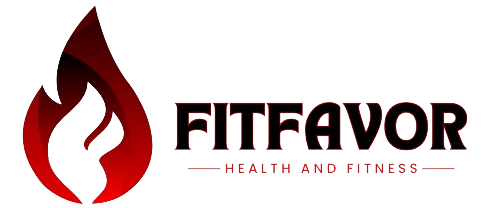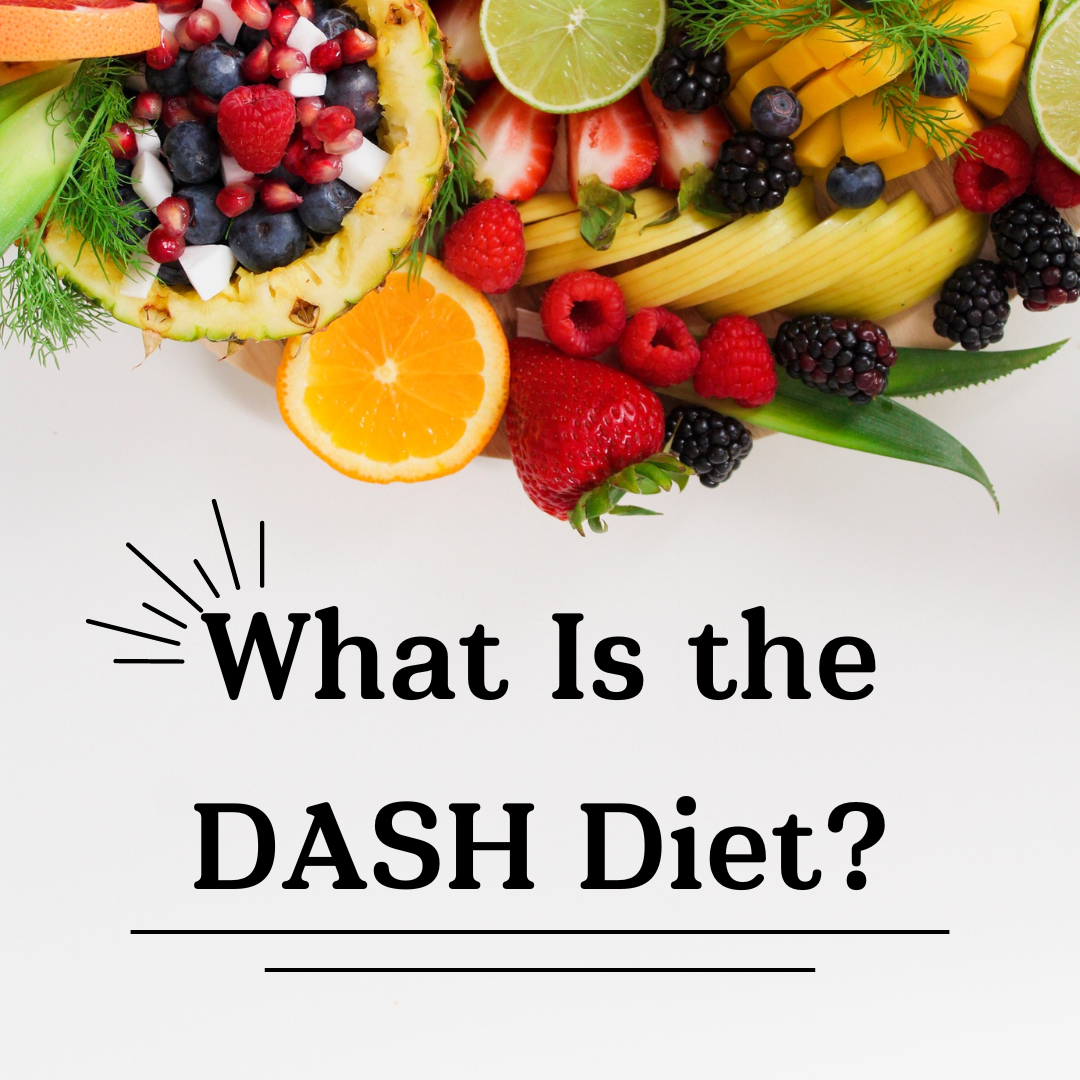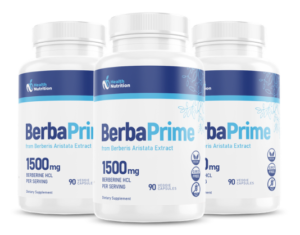Table of Contents
Introduction to the DASH Diet
The DASH (Dietary Approaches to Stop Hypertension) diet is a heart-healthy eating plan that has gained widespread recognition for its ability to lower blood pressure and promote overall wellness. Developed by the National Heart, Lung, and Blood Institute, the DASH diet emphasizes the consumption of a variety of nutrient-dense foods, including fruits, vegetables, whole grains, low-fat dairy, and lean proteins, while limiting the intake of saturated fats, sodium, and added sugars.

Benefits of the DASH Diet
The DASH diet was originally designed to help manage high blood pressure, but research has shown that it can also offer a range of other health benefits. Some of the key benefits of the DASH-diet include:
- Lowering blood pressure: The DASH-diet’s emphasis on fruits, vegetables, whole grains, and low-fat dairy products can help reduce blood pressure levels, particularly in individuals with hypertension.
- Reducing the risk of heart disease: By promoting a diet rich in heart-healthy nutrients and limiting the intake of saturated fats, sodium, and added sugars, the DASH-diet can help lower the risk of heart disease and stroke.
- Improving insulin sensitivity: The DASH-diet’s focus on whole, unprocessed foods can help improve insulin sensitivity, which can be beneficial for individuals with or at risk of type 2 diabetes.
- Supporting weight management: The DASH-diet encourages the consumption of nutrient-dense, low-calorie foods, which can aid in weight loss and maintenance.
Key Principles of the DASH Diet
The DASH diet is a flexible and easy-to-follow eating plan that can be tailored to individual preferences and dietary needs. At its core, the DASH-diet emphasizes the consumption of a variety of whole, nutrient-dense foods, such as fruits, vegetables, whole grains, low-fat dairy, and lean proteins, while limiting the intake of saturated fats, sodium, and added sugars. By following these principles, individuals can not only improve their cardiovascular health, but also address other health concerns, such as weight management and type 2 diabetes.
DASH Diet, dash diet what is,dash diet ideas,dash diet recipes
The DASH (Dietary Approaches to Stop Hypertension) diet is a flexible and easy-to-follow eating plan that can be tailored to individual preferences and dietary needs. While the DASH diet is primarily focused on promoting heart health, it can also be a great option for individuals looking to improve their overall wellness, manage their weight, or address other health concerns.
The DASH-diet emphasizes the consumption of a variety of whole, nutrient-dense foods, such as fruits, vegetables, whole grains, low-fat dairy, and lean proteins. This approach not only helps to lower blood pressure but also provides a wide range of essential vitamins, minerals, and antioxidants that can support overall health and well-being.
One of the key advantages of the DASH-diet is its flexibility. The diet can be customized to accommodate different dietary preferences, food allergies, or cultural considerations, making it a suitable option for a diverse range of individuals. Whether you’re looking to manage a specific health condition, maintain a healthy weight, or simply improve your overall nutrition, the DASH-diet can be an effective and sustainable solution.
In addition to its cardiovascular benefits, the DASH diet has also been shown to offer a range of other health advantages. For instance, the diet’s emphasis on whole foods and limited intake of added sugars and saturated fats can help improve insulin sensitivity and reduce the risk of type 2 diabetes. Furthermore, the DASH-diet can be a valuable tool for weight management, as its focus on nutrient-dense, low-calorie foods can support healthy weight loss and maintenance.
Overall, the DASH-diet is a versatile and evidence-based eating plan that can provide a wide range of health benefits, making it a compelling choice for individuals seeking to improve their overall well-being.
Foods to Eat on the DASH Diet
The DASH Diet emphasizes the consumption of a variety of whole, nutrient-dense foods to promote overall health and wellness. By focusing on a well-balanced diet rich in whole foods, the DASH-diet can help individuals manage their blood pressure and reduce the risk of chronic health conditions, such as heart disease and type 2 diabetes.
Fruits and Vegetables
Fruits and vegetables are the foundation of the DASH diet, providing an abundance of essential vitamins, minerals, and antioxidants. The diet encourages the consumption of a wide variety of fruits and vegetables, including leafy greens, berries, citrus fruits, and starchy vegetables like sweet potatoes and squash. These nutrient-dense foods are low in calories and high in fiber, which can help promote feelings of fullness and support healthy weight management.
Whole Grains
Whole grains are another important component of the DASH-diet. These include whole-wheat bread, brown rice, oats, quinoa, and other minimally processed grains that retain their natural fiber, vitamins, and minerals. Consuming whole grains can help lower cholesterol levels, improve insulin sensitivity, and support overall digestive health.
Lean Proteins
The DASH-diet emphasizes the consumption of lean protein sources, such as poultry, fish, legumes, and low-fat dairy products. These nutrient-rich foods can help support muscle development, maintain healthy body weight, and provide a sense of satiety. Lean proteins are also important for maintaining overall health and supporting the body’s metabolic functions.
| Food Group | Recommended Servings per Day |
|---|---|
| Fruits | 4-5 servings |
| Vegetables | 4-5 servings |
| Whole Grains | 6-8 servings |
| Lean Proteins | 6 or fewer servings |
| Low-fat Dairy | 2-3 servings |
Foods to Limit on the DASH Diet
While the DASH (Dietary Approaches to Stop Hypertension) diet encourages the consumption of a variety of whole, nutrient-dense foods, it also recommends limiting the intake of certain food components that can be detrimental to health, such as:
Sodium and Salt
The DASH-diet advises limiting sodium intake to no more than 2,300 milligrams per day, or even less (1,500 milligrams) for individuals with hypertension or those at risk of developing it. Excess sodium consumption can lead to high blood pressure, a major risk factor for heart disease and stroke. By focusing on fresh, unprocessed foods and limiting the use of salt, the DASH-diet helps individuals reduce their sodium intake and support cardiovascular health.
Saturated Fats
The DASH diet recommends limiting the consumption of saturated fats, which are typically found in high-fat dairy products, fatty meats, and certain oils. Saturated fats can contribute to high cholesterol levels and an increased risk of heart disease. Instead, the DASH-diet promotes the use of heart-healthy unsaturated fats, such as those found in avocados, nuts, seeds, and olive oil.
Added Sugars
The DASH diet emphasizes the importance of limiting the intake of added sugars, which are often found in processed foods, sweetened beverages, and desserts. Consuming excessive amounts of added sugars can lead to weight gain, insulin resistance, and an increased risk of type 2 diabetes and other chronic conditions. By focusing on whole foods and limiting the use of added sugars, the DASH-diet helps individuals maintain a balanced and healthy dietary pattern.
By adhering to the DASH-diet’s recommendations for limiting sodium, saturated fats, and added sugars, individuals can effectively support their overall health and well-being, while also reducing their risk of developing hypertension, heart disease, and other chronic conditions.
Sample DASH Diet Meal Plan
The DASH diet is a flexible eating plan that can be tailored to individual preferences and dietary needs. Here is a sample DASH-diet meal plan that showcases some potential breakfast, lunch, and dinner options:
Breakfast Ideas
Start your day with a nutritious DASH-friendly breakfast that includes a balance of whole grains, lean proteins, and fresh fruits or vegetables. Some delicious options include:
- Oatmeal with berries, sliced almonds, and a sprinkle of cinnamon
- Whole-grain toast topped with avocado, scrambled eggs, and a side of grapefruit
- Greek yogurt with diced mango, a handful of walnuts, and a drizzle of honey
Lunch and Dinner Options
For your DASH-diet lunch and dinner, focus on building a plate that is rich in fruits, vegetables, whole grains, and lean proteins. Here are some tasty and nutritious meal ideas:
| Lunch | Dinner |
|---|---|
| Grilled salmon salad with mixed greens, roasted bell peppers, and a balsamic vinaigrette | Baked chicken breast with roasted sweet potatoes and steamed broccoli |
| Whole-grain wrap with hummus, sliced cucumbers, tomatoes, and a sprinkle of feta cheese | Lentil and vegetable stew over a bed of quinoa |
| Tuna salad on a bed of leafy greens, accompanied by a side of fresh fruit | Grilled portobello mushroom cap topped with roasted red peppers and a side of brown rice |
By incorporating a variety of nutrient-dense, whole foods into your DASH-diet meal plan, you can enjoy delicious and satisfying meals while supporting your overall health and well-being.
Tips for Following the DASH Diet
Adopting the DASH (Dietary Approaches to Stop Hypertension) diet can be a straightforward and sustainable way to improve your health, but it may require some adjustments to your eating habits. Here are a few tips to help you successfully incorporate the DASH-diet into your lifestyle:
Reading Food Labels
When following the DASH-diet, it’s important to pay close attention to the nutrition information on the foods you purchase. Look for products that are low in sodium, saturated fat, and added sugars, while prioritizing those that are rich in heart-healthy nutrients like fiber, vitamins, and minerals. Familiarizing yourself with the DASH-diet’s recommended daily limits for these key components can help you make informed choices and stay on track with your dietary goals.
Cooking at Home
One of the best ways to ensure you’re following the DASH-diet is to prepare your meals at home using whole, unprocessed ingredients. This allows you to have greater control over the ingredients, portion sizes, and preparation methods. Experiment with a variety of DASH diet recipes that feature an abundance of fruits, vegetables, whole grains, lean proteins, and low-fat dairy products. Cooking at home can also help you reduce your intake of sodium, saturated fats, and added sugars, which are all key components of the DASH-diet.
| DASH Diet Guideline | Recommended Daily Intake |
|---|---|
| Sodium | Less than 2,300 mg |
| Saturated Fat | Less than 10% of total calories |
| Added Sugars | Less than 25 grams |
Conclusion
The DASH-Diet is a well-researched and highly effective eating plan that can offer a range of health benefits, particularly for individuals with high blood pressure or at risk of cardiovascular disease. By emphasizing the consumption of nutrient-dense whole foods, such as fruits, vegetables, whole grains, and lean proteins, while limiting the intake of sodium, saturated fats, and added sugars, the DASH-Diet can help promote overall wellness and reduce the risk of chronic health conditions.
Whether you’re looking to manage your blood pressure, improve your heart health, or simply adopt a more balanced and nutritious diet, the DASH-Diet provides a sustainable and flexible approach that can be tailored to your individual preferences and needs. By incorporating the key principles of the DASH- Diet into your daily routine, you can enjoy the numerous benefits it has to offer and take a proactive step towards a healthier, happier life.
With its focus on whole, whole foods diet, the DASH-Diet not only supports your physical well-being but also nourishes your body with the essential nutrients it needs to thrive. By exploring the DASH-Diet ideas and DASH-Diet recipes that align with your taste preferences, you can seamlessly integrate this healthy eating plan into your lifestyle and experience the transformative power of the DASH-Diet.
FAQ
What is the DASH diet?
The DASH (Dietary Approaches to Stop Hypertension) diet is a heart-healthy eating plan that focuses on consuming a variety of nutrient-dense foods to help lower blood pressure and promote overall health. Developed by the National Heart, Lung, and Blood Institute, the DASH diet emphasizes eating more fruits, vegetables, whole grains, low-fat dairy, and lean proteins, while limiting saturated fats, sodium, and added sugars.
What are the benefits of the DASH diet?
The DASH diet offers a range of health benefits, including lowering blood pressure, reducing the risk of heart disease, improving insulin sensitivity, and supporting weight management. The diet’s emphasis on whole, unprocessed foods can help improve overall wellness and reduce the risk of chronic health conditions.
What are the key principles of the DASH diet?
The key principles of the DASH diet include consuming a variety of fruits, vegetables, whole grains, low-fat dairy, and lean proteins, while limiting the intake of saturated fats, sodium, and added sugars. The diet encourages the consumption of nutrient-dense, low-calorie foods to promote heart health and overall wellness.
What foods are recommended on the DASH diet?
The DASH diet emphasizes the consumption of a variety of whole, nutrient-dense foods, including fruits, vegetables, whole grains, lean proteins, and low-fat dairy products.
What foods should be limited on the DASH diet?
The DASH diet recommends limiting the intake of sodium, saturated fats, and added sugars, as these can be detrimental to health. Foods that should be limited on the DASH diet include processed and high-sodium foods, fatty meats, and foods high in added sugars.
What does a sample DASH diet meal plan look like?
A sample DASH diet meal plan may include whole grain oatmeal with berries and low-fat yogurt for breakfast, a grilled chicken salad with mixed greens and vegetables for lunch, and baked salmon with roasted sweet potatoes and steamed broccoli for dinner. The DASH diet is flexible and can be tailored to individual preferences and dietary needs.
How can I successfully follow the DASH diet?
To successfully follow the DASH diet, it’s important to read food labels, cook at home more often, and focus on incorporating a variety of whole, nutrient-dense foods into your meals. Meal planning and preparation can also help make the DASH diet sustainable in the long term.




